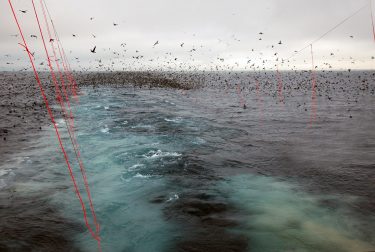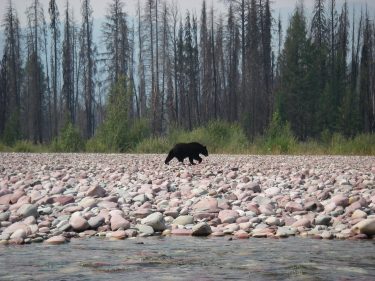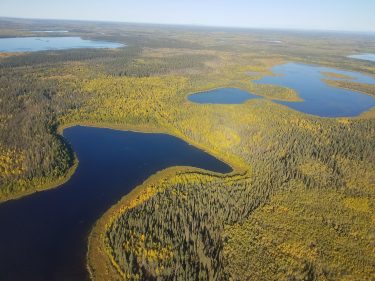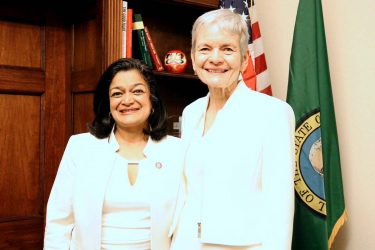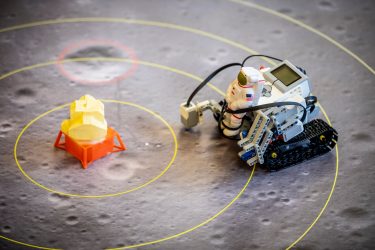
On July 20, 1969, the Apollo 11 mission landed the first two people on the surface of the moon. NASA astronaut Neil Armstrong took the first steps and famously proclaimed: “One small step for man, one giant leap for mankind.”
This July will mark the 50th anniversary of that landmark event. The University of Washington’s Northwest Earth and Space Sciences Pipeline is calling on the next generation of astronauts and aeronautical engineers to recreate the historic event using modern technology.
At a kickoff event Jan. 30 in Kent, Washington, the organizers will officially open the Apollo 50 Next Giant Leap Student Challenge, known for short as the ANGLeS Challenge, in collaboration with NASA’s Science Mission Directorate.
“This is a truly interdisciplinary challenge, involving computer programming, robotics, remote sensing and design,” said Robert Winglee, director of the Northwest Earth and Space Sciences Pipeline and a UW professor of Earth and space sciences. “We’re calling it the ‘next giant leap.’”
Teams of students from fifth to 12th grades are invited to participate. Each team will build a replica of the lunar lander and use a remote-controlled drone to land it on an 8-by-12-foot map of the moon’s surface. Students will modify and program a Lego Mindstorms EV3 robot to then explore the lunar surface and bring back a rock sample. High school students will also use the drone to retrieve the team’s lunar module and bring it back to the starting line. As in a real-life expedition, teams will also create a mission patch, design uniforms, do event outreach and leave a “culturally significant artifact” on the lunar surface.
“An important aspect of the project is to provide access to NASA science and technology for many of the underserved and underrepresented communities across the U.S.,” Winglee said.
Read more at UW News »



